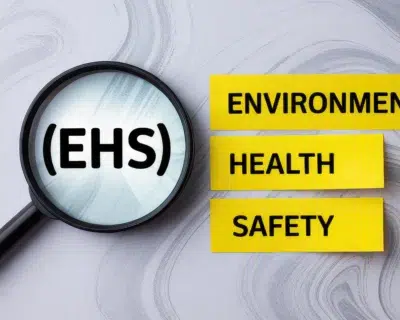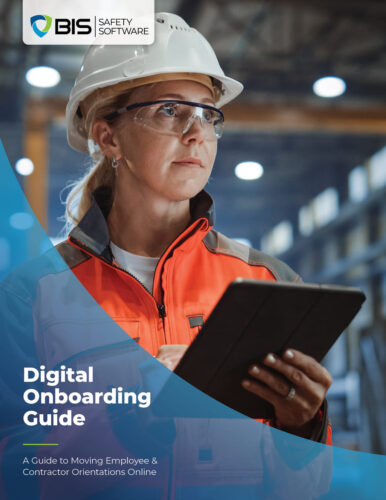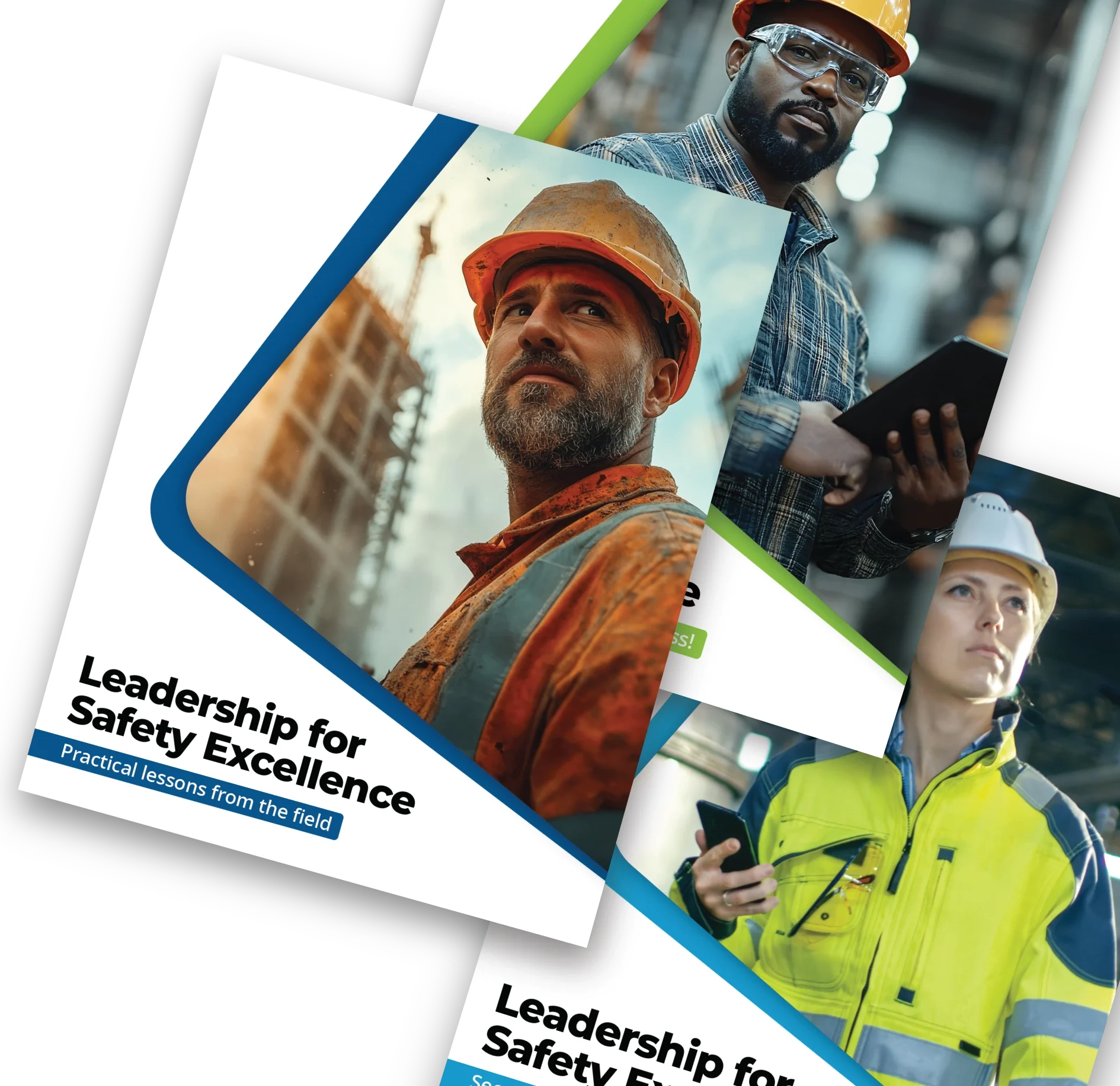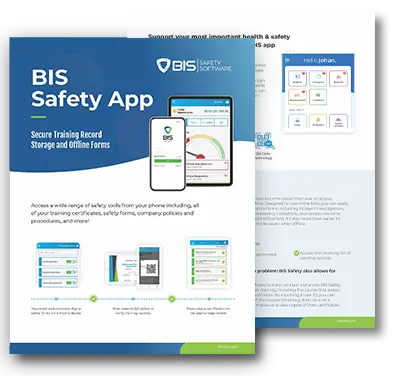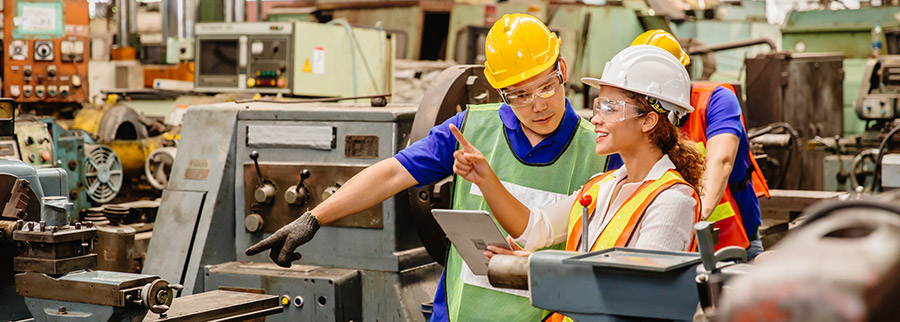
5 Misconceptions Surrounding Safety Culture
While health and safety in the workplace is rarely anyone’s favorite subject matter, the rules and regulations surrounding safety on the job are some of the most critical factors for top firms. While in theory, everybody accepts that a safe workplace is better for all concerned, building a robust safety culture is not something that comes easily. Buying into common myths surrounding safety at work is not only unhelpful but also puts people at risk. Dealing with them at the outset, therefore, is the best way to strengthen a firm’s safety culture. Here we take a look at five of the most common misconceptions people have when it comes to safety culture – and how your company can tackle them.
Misconception 1: Management Alone Are Responsible For Safety Culture
While it can be tempting to write certain things off as not being a part of your job, the stark reality is that safety in the workplace is everybody’s responsibility, no matter what their job title. In fact, it’s often those most likely to face dangerous and high-risk situations day to day – rather than management – who are the most vocal advocates of a strong safety culture.
Rewarding good safety practices will help encourage people to build a solid safety culture within your company. It is important that employees know they can communicate openly with supervisors and managers about safety issues. Actively seeking feedback on a regular basis and sharing best practices widely throughout your organization is also key.
Misconception 2: Safety is Not Cost-Effective
Another common misconception is that there is no return on investment when it comes to implementing safety measures. Nothing could be further from reality. It’s so far from the truth, in fact, that presumably this myth was invented by firms who had either failed in providing adequate training for their employees – or who weren’t inclined to put in the requisite effort in the first place.
Investment in safety culture, practices, and training programs, actually saves companies money in terms of costs relating to accidents and injuries, penalties, insurance premiums, and by decreasing the turnover of employees. Not investing in safety actually costs a company more than investing does. This is because the costs associated with unsafe workplaces – for example, for emergency repairs and employee health issues – far outweigh the cost of investment in the long run.
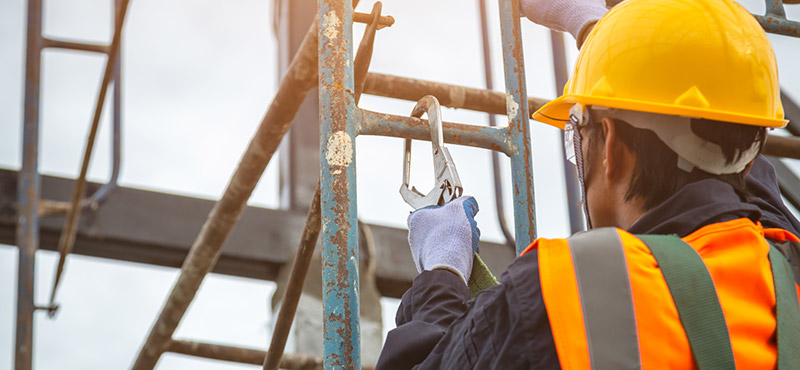
Misconception 3: Safety Training Guarantees Safety At Work
Unfortunately, providing employees with safety training alone is not enough to guarantee a robust safety culture. Online safety training systems provide visibility over which training components have been completed by which employees and which need more attention going forward. However, this does not enable employers to determine one of the most important factors: whether employees are able to put their safety training into practice in the workplace.
To ensure that theoretical training is translating to real-life competency, you should carry out regular observations of your employees at work. Any learning and training record management system should allow you to record and update the competency of your employees and not just the training they have completed. This enables you to identify any problems with their work or gaps in their knowledge so that you can put measures in place to resolve these issues in a timely fashion.
Misconception 4: Management Always Know Best
While it’s always advisable to pay attention to management on health and safety policy, you ultimately have the last say when it comes to your own personal safety. If you find yourself in a situation where you are required to do something that places you or another person in danger, it is imperative that you say something – whether management are aware of the situation or not. This provides a precedent for future employees in the same situation and may also prevent an expensive – or even fatal – incident from taking place.
Misconception 5: Safety Equipment Eliminates Danger
Personal Protective Equipment (PPE) is, of course, absolutely critical in dangerous and high-risk work environments. However, there is much more to a solid safety culture that merely protective equipment. To ensure prevention of incidents and accidents, you must also always pay attention to your environment and surroundings, follow good safety practices at all times, and be alert to the possibility of dangers and hazards. Despite the persistence of many misconceptions surrounding safety culture, things are changing. More and more companies are recognizing that a strong safety culture is not just important for the well-being of their workers, but also provides a return on investment and ups their sustainability as a company in the long term. Tackling the misconceptions examined above will help to prevent costly incidents and make your firm a great organization to be a part of.



